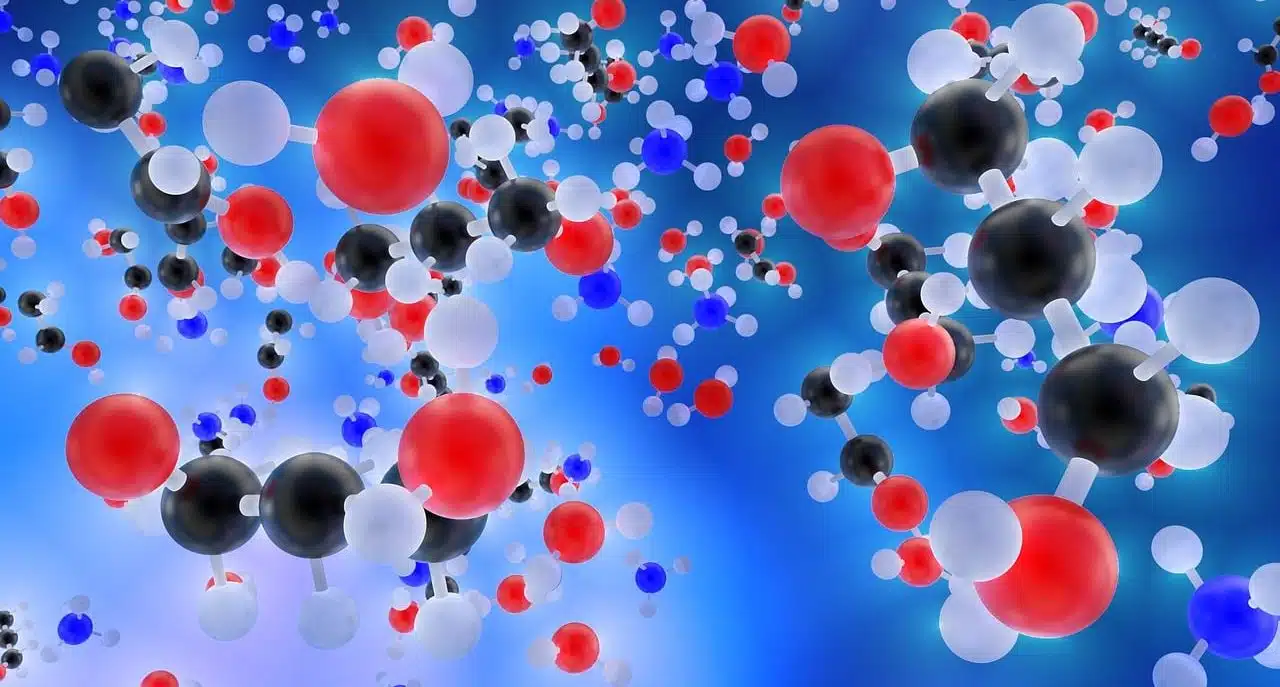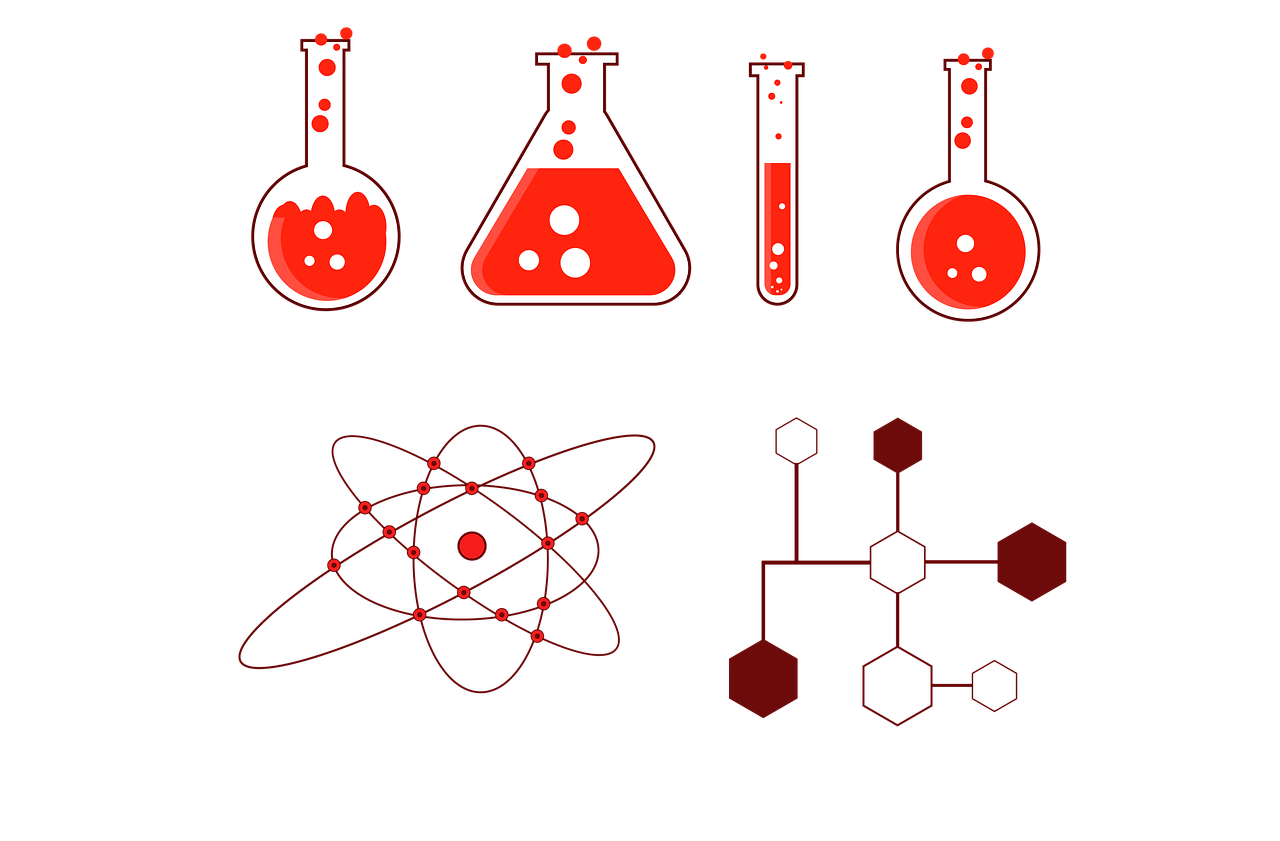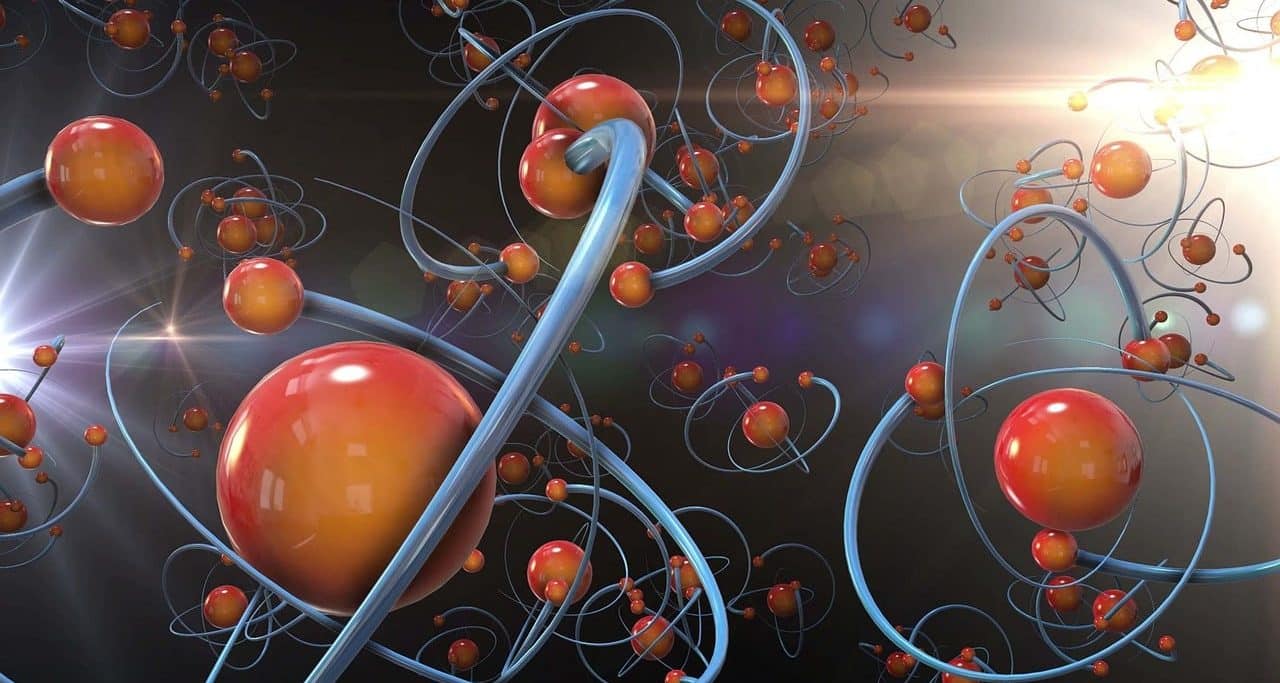
The intermolecular force describes the rejection or attraction interaction that can occur between molecules.
Intermolecular forces are interactions that occur between molecules . This phenomenon is conditioned or influenced by the polarity of the groups involved, their nature and the distance, or degree of separation, between the molecules involved. When studying these forces , experts on the subject say, we must not lose sight of the molecular arrangement or geometry (to know how the atoms are located), the molecular size or the electronegativity .
It is also worth knowing that intermolecular forces are determining factors for the state or form of aggregation of each substance, considering at this point both the solid phase and the liquid phase and the presentation or gas phase . They are also important for the formation of inorganic compounds and complex structures at the molecular level.
In order to provide useful data on the characteristics and scope of this type of force between molecules , below we will refer to its classifications, effects, its comparison with chemical bonds and developments that have recently emerged thanks to research and innovative methods connected with intermolecular forces .
Types of intermolecular forces
The types of intermolecular forces (which differ from intramolecular forces because they develop between molecules and not within each one, generating the atoms to remain linked) are several, encompassing ions , non-polar molecules and polar molecules .
Hydrogen bonds , for example, arise to give stability to a compound. Each of them is an unconventional covalent bond (a special model of dipole-dipole forces ). It is common, however, for this expression to be considered synonymous with intermolecular hydrogen bonding , which is said to be responsible for, among other issues, the structures of nucleic acids and proteins , in addition to being key in the high boiling point of water.
Another variety is represented by the set of interactions or van der Waals forces , which contemplate attractions between surfaces, molecules and atoms and give numerous organic compounds their chemical essence. From this framework emerge the Keesom forces (between permanent dipoles ), the Debye force (between an induced dipole and another permanent one) and the London dispersion forces (characterized by a weak force between a pair of dipoles that are induced from instantaneous mode and that can become stronger with a greater amount of contact surface and/or an increase in the size of the molecule or atom ).
Finally, it is interesting to focus on the ion-dipole interactions that unfold when a salt is dissolved in water, either partially or completely.

A chemical bond is defined as the stable union of atoms through, depending on each case, a metallic, covalent or ionic bond to allow the formation of a chemical compound.
Differences with the chemical bond
In order to compare intermolecular forces and chemical bonds and be able to recognize differences between the two, you must first understand the respective definitions and the associated notions or expressions.
Thanks to chemical bonds , specifically, atoms stay together and form different chemical compounds , but sometimes these alliances are broken as a result of certain conditions. There can be a metallic bond (strong style, produced between metallic atoms that belong to a specific element), a covalent bond (subdivided into the categories of single, double and triple, developed between atoms that are non-metallic and have a similar electromagnetic charge , which end up sharing several electrons from the valence shell) or an ionic bond (characterized by the attraction, in electrostatic matters, between ions).
The intermolecular force , meanwhile, marks the behavior of the molecules within a given substance, but these attractions are less intense compared to the attraction that occurs between atoms (and here, therefore, the chemical bond becomes relevant) .

Interatomic forces are characterized by ensuring that, within a molecule, atoms remain united.
Connection between intermolecular forces and properties of substances
As has been proven based on experimentation , there is an obvious link, an undeniable connection, between intermolecular forces and the properties of substances .
The greater the intensity of the intermolecular force , for example, the higher both the melting and boiling points of the substances. Solubility (that is, the ability of a substance to dissolve in a certain medium), meanwhile, is possible as long as the intermolecular forces that hold together the molecules that make up each of the substances analyzed are similar.
By analyzing the intermolecular force , we can even obtain information about capillarity , since this property linked to fluids is reflected when the adhesion power of a liquid to the capillary tube is higher than the cohesion of the molecules .
These forces also influence viscosity , since the molecules of a liquid that present a significant level of intermolecular force have more difficulty moving with each other, resulting in a substance that is characterized by being more viscous than others.
